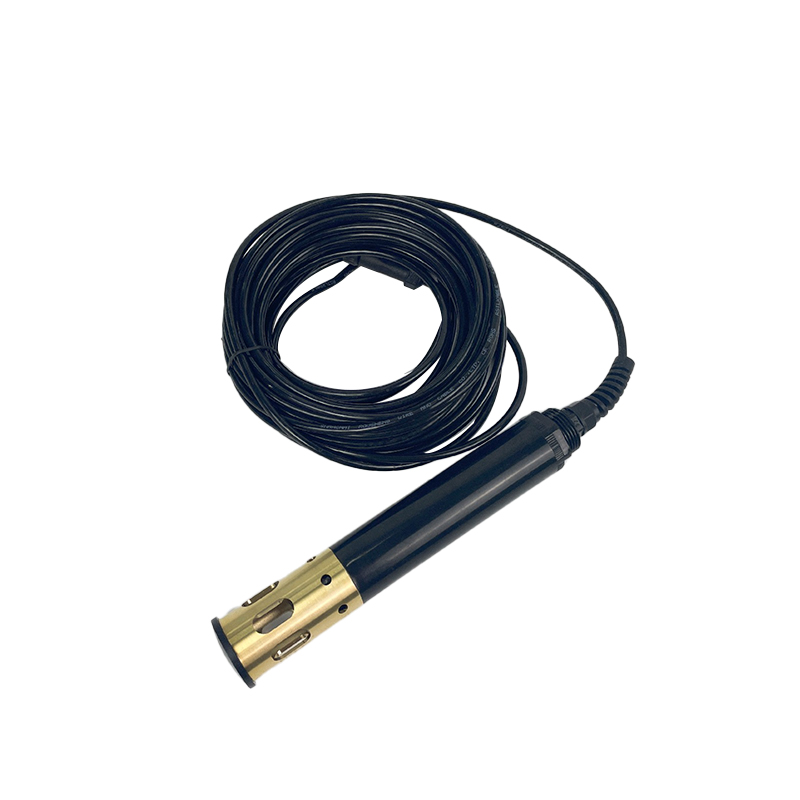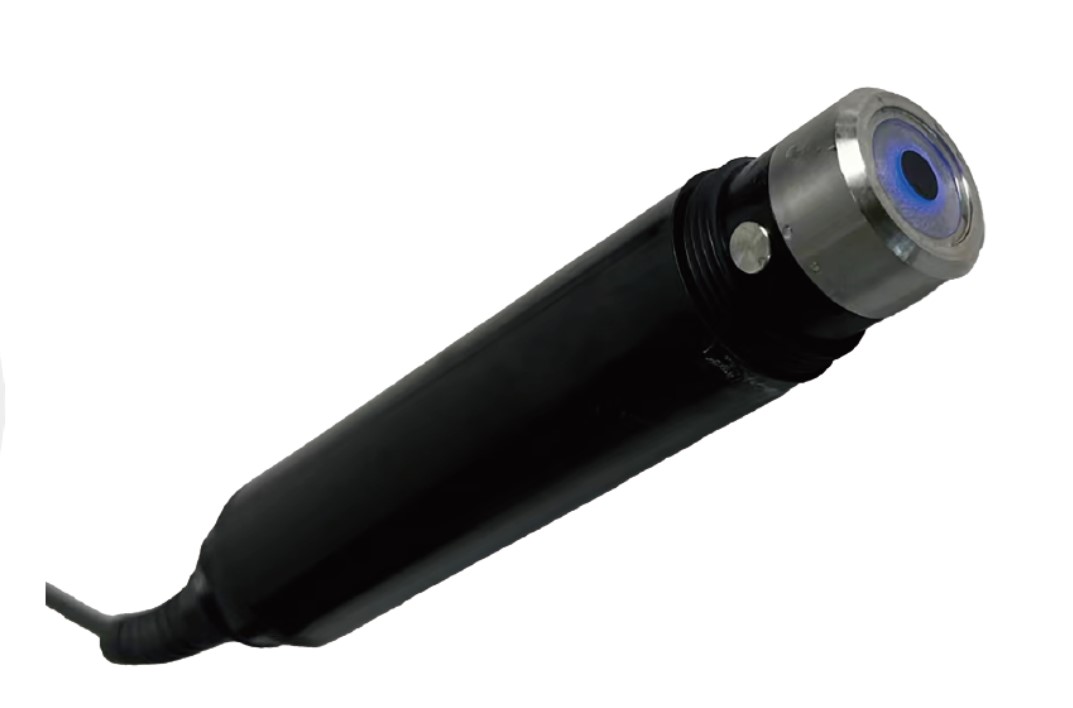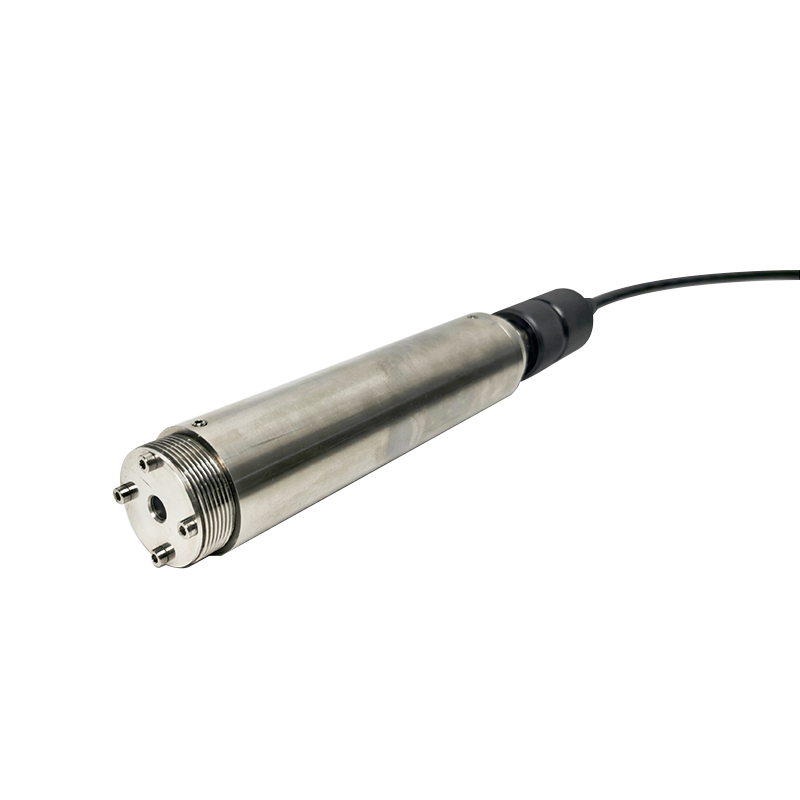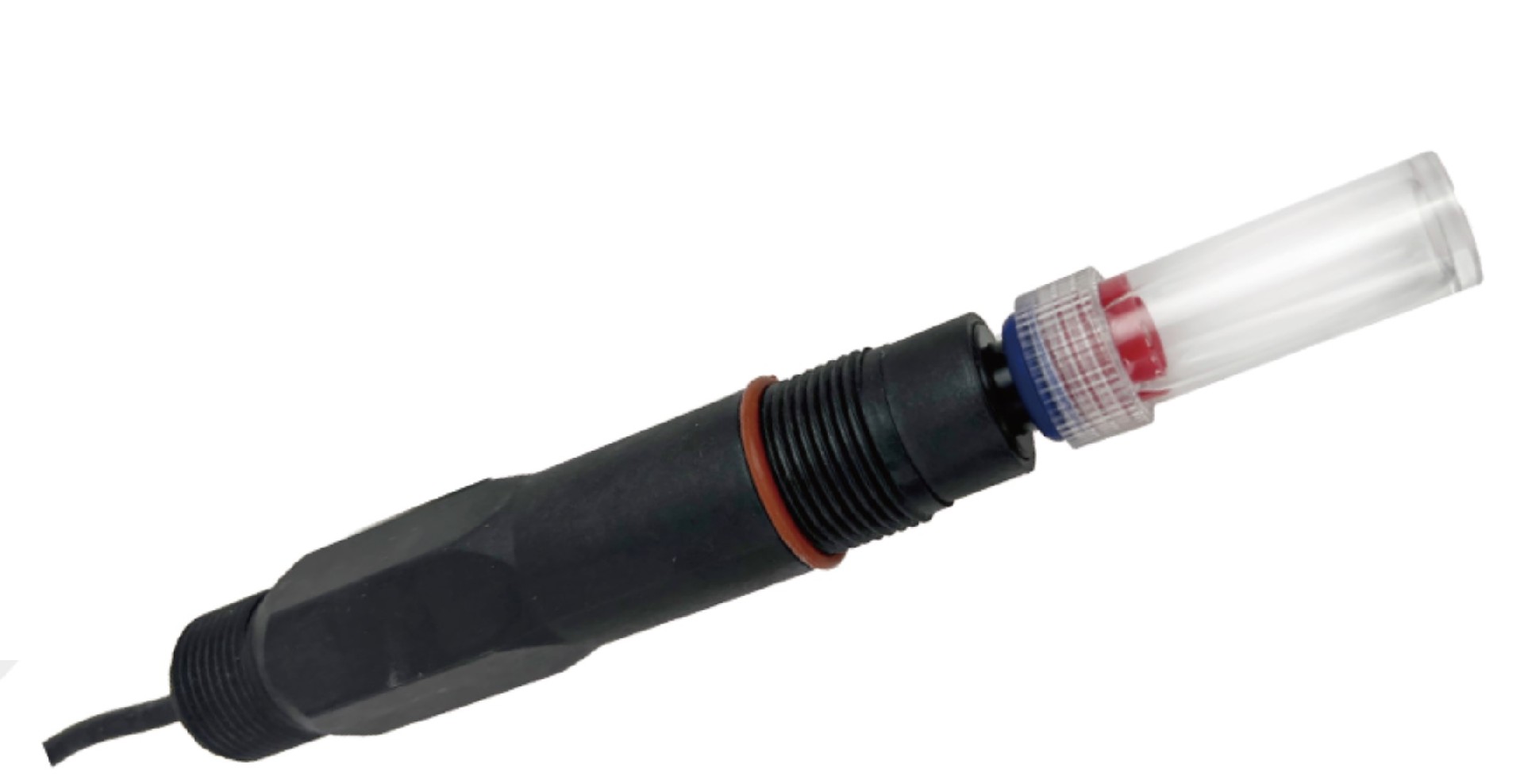The determination of dissolved oxygen is the main means of detecting water environmental pollution, therefore, it is particularly necessary to carry out research on the determination and analysis of dissolved oxygen in water. The main detection methods for dissolved oxygen in water:
Iodometric determination of dissolved oxygen
Iodometry is currently one of the main methods for measuring dissolved oxygen in water.
Mainly by adding manganese sulfate and alkaline potassium iodide to the water sample to form manganese hydroxide. The chemical properties of manganese hydroxide are very unstable and can react quickly with dissolved oxygen in water to form manganese sulfate.
After standing for 15-20 minutes, add concentrated sulfuric acid to promote a thorough reaction between the brown precipitate and the potassium iodide added to the solution, gradually precipitating iodine. The more dissolved oxygen in water, the more iodine precipitates and the darker the color of the solution. By using a high-precision pipette to take out a certain amount of water sample after the reaction is completed, and then using starch as an indicator, titrating with a standard solution, the specific content of dissolved oxygen in the water can be obtained.
Determination of dissolved oxygen by electrode polarography
Compared to iodimetry, electrode polarography is more advanced.
The main mechanism is to apply a constant voltage between the two poles, promoting the flow of electrons from the cathode to the anode, thereby forming a certain amount of diffusion current.
The content of dissolved oxygen in water can be obtained by measuring the diffusion current, because at a certain temperature, the diffusion current in the water sample is directly proportional to the concentration of dissolved oxygen in the water. Through quantitative analysis, the specific value of dissolved oxygen in the water sample can be read out using instruments.
Fluorescence method for measuring dissolved oxygen
The main mechanism of fluorescence measurement is to use the quenching effect of fluorescent substances to reduce the fluorescence intensity and shorten the fluorescence maintenance life of fluorescent substances, thereby obtaining the content of dissolved oxygen in water.
The more dissolved oxygen in water, the shorter the fluorescence lifetime. By illuminating the modulated blue light onto fluorescent substances, corresponding red light can be emitted. Dissolved oxygen in water can take away fluorescence energy. Therefore, the duration and intensity of red light are inversely proportional to the concentration of dissolved oxygen. By measuring the phase difference between red light and reference light, the content of dissolved oxygen in water can be determined.










